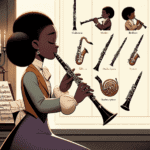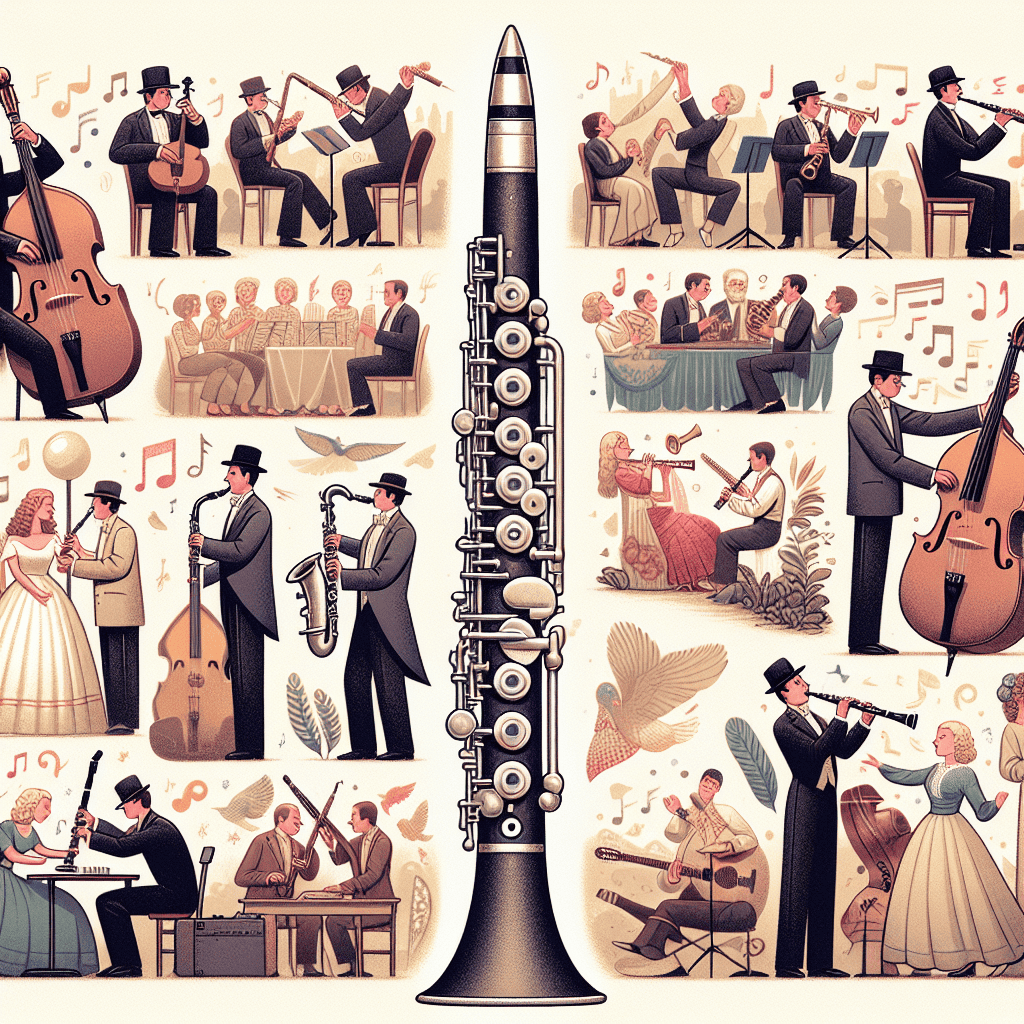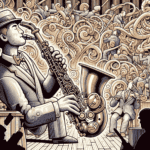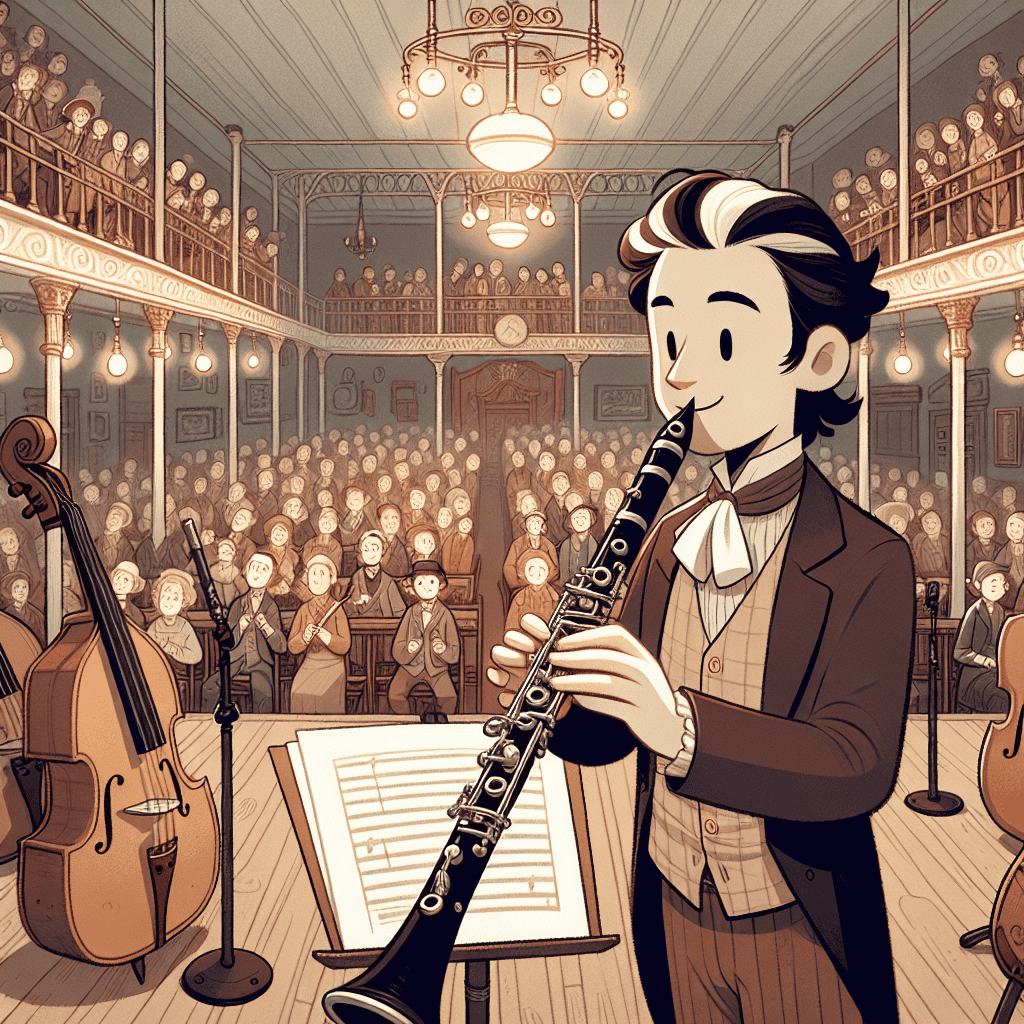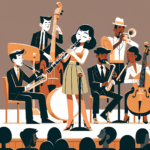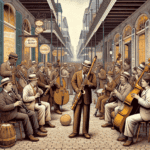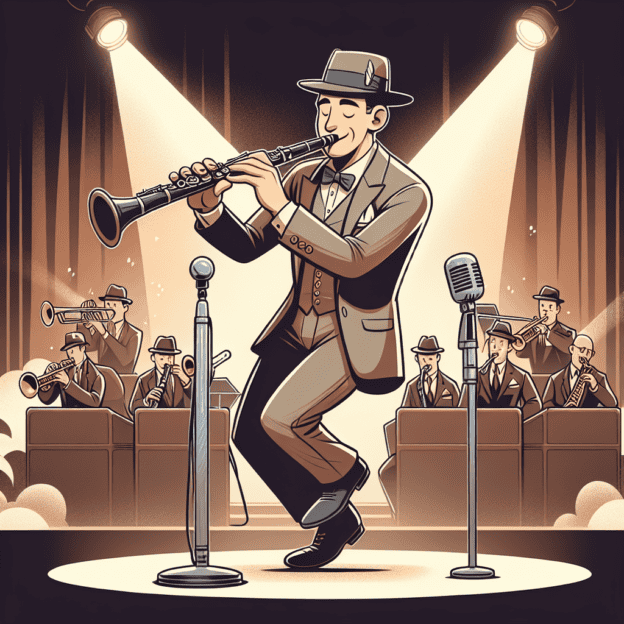The clarinet has long been celebrated for its versatility and unique tonal qualities, making it a staple in various musical genres. However, it holds a special place in swing music, a genre that dominated the American music scene in the 1930s and 1940s. In this post, we'll explore the role of the clarinet in swing music, highlighting its historical significance, contributions from legendary musicians, and its impact on the genre's development.
The Birth of Swing Music
Developing from jazz, swing music emerged in the early 20th century and gained widespread popularity by the 1930s. This genre was characterized by its strong rhythmic drive, engaging melodies, and emphasis on improvisation. The clarinet became a key instrument in many big bands and swing ensembles, contributing to the lively sound that defined the era.
The Clarinet's Evolution in Swing Music
The early days of swing saw clarinets moving from classical and jazz settings into the spotlight of popular music. During this time, the instrument went through various stylistic changes that matched the changing tastes of listeners. Clarinetists started to develop new techniques and approaches that made the instrument stand out in swing music. As the genre grew, clarinetists began to explore syncopated rhythms and complex melodic lines, showing off their skills through improvisation.
| Era | Clarinet's Role | Key Characteristics |
|---|---|---|
| Early Swing (1920s-1930s) | Transition from classical to popular music | Experimentation with new techniques |
| Golden Age of Swing (1935-1945) | Prominent solo instrument | Complex improvisations, virtuosic performances |
| Late Swing (1945-1950s) | Integration with bebop influences | Increased harmonic complexity, faster tempos |
Key Figures in Swing Music Clarinet
- Benny Goodman: Known as the “King of Swing,” Goodman was a clarinet virtuoso and bandleader who played a major role in making swing music popular. His famous performances, like the unforgettable Sing, Sing, Sing, showed how the clarinet could lead swing orchestras.
- Artie Shaw: Another notable clarinetist of the swing era, Shaw was known for his creative arrangements and smooth playing style. He was one of the first to blend jazz with classical pieces, showcasing the clarinet's range and expressive abilities.
- Sidney Bechet: As a groundbreaking clarinetist and soprano saxophonist, Bechet was famous for his powerful sound and emotional playing. His mix of jazz and classical techniques inspired many clarinetists, creating a lasting impact on the instrument's future in various genres.
The Clarinet's Role in Big Bands
Big bands were central to the swing era, and the clarinet played a key role in these groups. Clarinetists contributed as both soloists and section players, blending with trumpets and saxophones to create a rich, full sound. The clarinet's ability to mix well with other instruments made it valuable in big band jazz.
Notable Arrangements Featuring the Clarinet
- “A Foggy Day” (Arranged by George Gershwin): This classic swing tune has beautiful clarinet melodies woven into rich harmonic textures. The arrangement shows off the clarinet's sweet tone and lyrical abilities, allowing for expressive playing.
- “Moonlight Serenade” (Glenn Miller): Composed by Glenn Miller, this piece uses the clarinet in a romantic and smooth way, showing how it can express emotions in swing music.
Legacy and Influence of Swing Music on the Clarinet
Swing music has had a huge impact on the clarinet. The techniques developed by famous clarinetists during this time have left lasting marks on both jazz and classical music. The improvisation skills honed during the swing era continue to inspire modern clarinetists who want to master both styles.
Modern Clarinetists in Swing and Jazz
Today, many current clarinetists are inspired by the swing music era, mixing traditional techniques with modern improvisation. Artists like Anat Cohen and Jorge Luis Prats show that the clarinet is still important in jazz and swing music, keeping the genre's spirit alive for new listeners.
The Martin Freres brand makes high-quality clarinets that honor swing music's history while meeting the needs of today's players. Whether you're new to jazz or an experienced musician, knowing about the clarinet's role in swing music can make your playing more enjoyable and deepen your connection to the instrument.
No matter if you're just starting to learn the clarinet or you've been playing for years, remember that the clarinet continues to be an important part of swing and jazz, and its sound remains a key element of music history.

